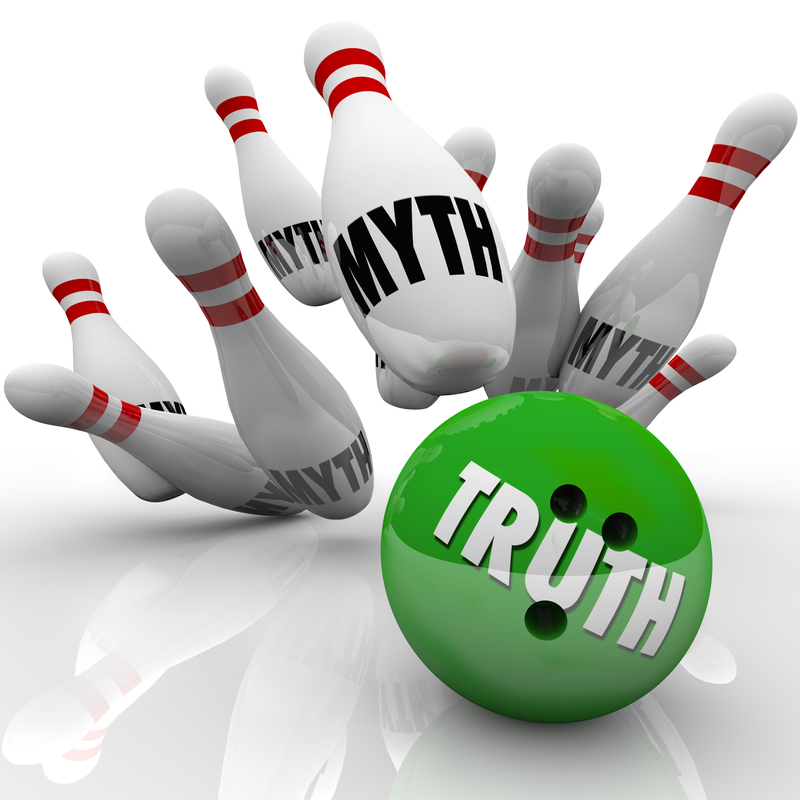None of these take much time, but any one of them can add significant sales to your bottom line. Or try all six, and see your sales explode.

Your Prospects Are Afraid…
Provide your real contact information, including name, company name, snail mail address (physical is better than P.O.) and phone number.
Why? Because your prospects are afraid you are not who you say you are.
On your ‘about me’ page, provide all of this info again, along with photos of you, any employees you have and maybe even your location. Make it super easy to trust you and you’ll get more sales.
Elevate Your Prospects’ Status to Make More Sales
People want to prove they are better than others and have people look up to them. This isn’t bad, it’s just human nature. And you can use this tidbit of knowledge to make more sales, too.
Play up to this tendency to feel more important. Show prospects how buying your product will raise their status among peers, friends, family, etc. Show them how important they will become as a direct result of buying your product.
Have Your Sales Message Come from a Peer
One of the ‘secrets’ to boosting response of your sales message is to have it come from a peer of your ideal prospect.
In other words, you want your message to come from someone of the same group you are selling to.
Are you selling to women in their 40’s? Have your message come from a woman in her 40’s. Selling to investors? Have your message come from another investor, and so forth.
You can likely take any promotion you are running right now, change the message to come from the prospect’s peer, and increase your response considerably.
This technique is even more important when you are selling to someone who is highly skeptical. Nothing melts resistance faster than hearing a message from someone you perceive to be very much like yourself. Split test this and see the response – I think you’ll be shocked at the increase in sales you experience from this simple technique.
Focus on the Benefits of the Benefits
You already know how important benefits are to the selling process. Features are great, but it’s the benefits that sell. For example, that weight loss book is pretty and it has 300 pages – those are features. The benefit is the reader will lose weight if they follow the plan laid out in the book.
But what are the benefits of the benefits?
In the above example, ask yourself what are the benefits to losing weight? For example:
- Looking better
- Feeling better
- Becoming more attractive
- Living longer
- Fitting into clothes they already own
- More confidence
- Turning heads and getting dates
- And so forth.
Talking about just the main benefit – in this case, losing weight – isn’t enough. You want to dig deeper and expound on all the benefits your customer is going to get, and then paint a picture of their new life after they use your product.
Find the Story
Every product has a story buried somewhere – you just have to dig it out.
For example, look at this headline from John Carlton:
“Amazing Secret Discovered by One-Legged Golfer adds 50 Yards to Your Drives, Eliminates Hooks and Slices… And Can Slash up to 10 Strokes from Your Game Almost Overnight!”
I have zero interest in golf. None. Yet after reading this headline, I want to know about the one-legged golfer.
Now imagine if I did golf – and imagine what all the golfers who read this headline did. Yup – guaranteed, they couldn’t help but keep reading to find out about that one-legged golfer.
That’s the power of a good story.
Get More Micro-Commitments
The more a person commits to something, the less likely they will change their mind.
For example, if you can get someone to opt-in to two or more of your lists, they are more committed to staying on your lists.
And get this… they are also more likely to make purchases, too.
It’s a principle of psychology that the more a person commits to something, the more likely they are to stick with it for the long haul.
For example, someone might say they are going to start running. But all they do is say it – they don’t do anything else – and within a week they’ve forgotten all about it.
But if that same person buys new running shoes and clothes, visits running websites, subscribes to a running magazine and joins a running club, then I can almost guarantee they’re going to run.
It’s the same with your lists. If you can get subscribers to opt in to multiple lists, they become more committed to you and to the niche or topic itself.
So let’s say your niche is dogs. You might ask your new subscribers to opt in to a special course on potty training, another course on bad behavior modification, another course just on their particular breed of dog and so forth.
By getting more of these micro-commitments from your readers, you greatly increase the odds they will become your customers and even purchase from you multiple times.
Now how great is that? Apply these 6 forgotten tips, and start making more sales!





















